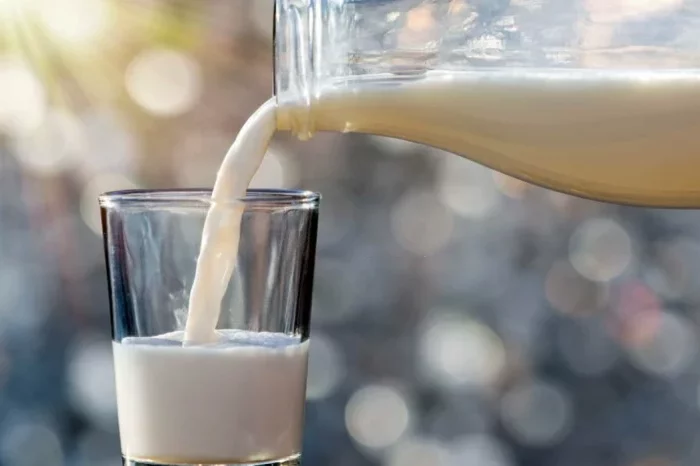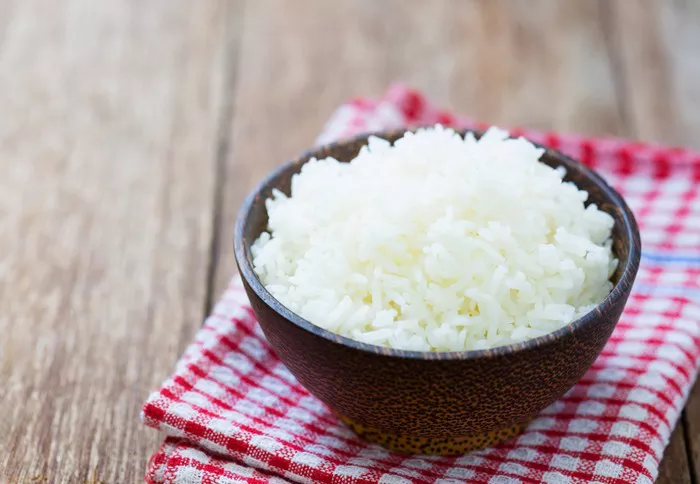Explanation of Insulin Resistance
Insulin resistance is a metabolic condition where the body’s cells become less responsive to the hormone insulin, which regulates blood sugar levels. Normally, insulin facilitates the uptake of glucose into cells, where it is used for energy. In insulin-resistant individuals, this process is impaired, causing the pancreas to produce more insulin in an effort to maintain normal blood sugar levels. Over time, this can lead to higher blood insulin levels (hyperinsulinemia) and eventually, type 2 diabetes.
The primary issue with insulin resistance is that it disrupts glucose metabolism, leading to elevated blood glucose levels, increased fat storage, and a host of other metabolic problems. This condition is often associated with obesity, particularly abdominal obesity, and can increase the risk of cardiovascular disease. Understanding how to manage insulin resistance through diet is crucial in preventing these associated health issues.
Dietary Recommendations
To manage insulin resistance effectively, dietary modifications are essential. Here are specific dietary recommendations that can help improve insulin sensitivity:
Lean Proteins
Including lean proteins in the diet is vital for stabilizing blood sugar levels. Proteins have a minimal effect on blood glucose and help to keep you full, reducing the likelihood of overeating. Some excellent sources of lean protein include:
Skinless poultry (chicken and turkey)
Fish and seafood
Lean cuts of beef and pork
Plant-based proteins like tofu, tempeh, and legumes (beans, lentils, chickpeas)
Low-fat dairy products such as Greek yogurt and cottage cheese
These proteins not only help in maintaining muscle mass, especially when combined with regular physical activity, but also play a role in metabolic rate and overall energy expenditure.
High-Fiber Foods
Fiber is crucial for controlling blood sugar spikes and improving insulin sensitivity. Dietary fiber, especially soluble fiber, slows the absorption of sugar into the bloodstream, preventing rapid increases in blood glucose levels. High-fiber foods include:
Vegetables: Broccoli, Brussels sprouts, carrots, and leafy greens like spinach and kale
Fruits: Berries, apples, pears, and citrus fruits
Whole grains: Oats, quinoa, barley, and whole wheat products
Legumes: Beans, lentils, and chickpeas
Nuts and seeds: Almonds, chia seeds, and flaxseeds
Incorporating a variety of these high-fiber foods into your daily diet can significantly enhance glucose control and overall digestive health.
Healthy Fats
Healthy, unsaturated fats are beneficial over saturated fats in managing insulin resistance. Unsaturated fats, particularly omega-3 fatty acids, can help reduce inflammation and improve insulin sensitivity. Sources of healthy fats include:
Olive oil and avocado oil
Fatty fish like salmon, mackerel, and sardines
Avocados
Nuts and seeds (walnuts, flaxseeds, chia seeds)
Nut butters (natural peanut butter, almond butter)
Reducing the intake of saturated fats (found in red meat, full-fat dairy, and processed foods) and trans fats (found in many fried and baked goods) is also essential in managing insulin resistance.
Complex Carbohydrates
Choosing complex carbohydrates over highly processed ones is crucial for preventing rapid blood sugar increases. Complex carbohydrates are digested more slowly, leading to a more gradual release of glucose into the bloodstream. Examples include:
Whole grains: Brown rice, quinoa, whole oats, and whole wheat products
Vegetables: Sweet potatoes, squash, and other starchy vegetables
Legumes: Beans, lentils, and peas
Fruits: Whole fruits rather than fruit juices or dried fruits
Avoiding refined carbohydrates like white bread, white rice, pastries, and sugary snacks is important for maintaining stable blood glucose levels.
Meal Planning
Creating a balanced meal plan that incorporates these recommended foods and nutrients is essential for individuals with insulin resistance. Here is a sample meal plan:
Breakfast
Greek yogurt with fresh berries and a tablespoon of chia seeds
Whole grain toast with avocado and a poached egg
Mid-Morning Snack
A small apple with a handful of almonds
Lunch
Grilled chicken salad with mixed greens, cherry tomatoes, cucumber, and olive oil dressing
Quinoa salad with chickpeas, bell peppers, and a squeeze of lemon
Afternoon Snack
Carrot sticks with hummus
Dinner
Baked salmon with a side of roasted Brussels sprouts and sweet potatoes
Lentil soup with a side of whole grain bread
Evening Snack
A small bowl of mixed berries
This meal plan emphasizes lean proteins, high-fiber foods, healthy fats, and complex carbohydrates, all of which are critical in managing insulin resistance.
Lifestyle Tips
In addition to dietary changes, incorporating healthy lifestyle habits can further improve insulin sensitivity and overall health. Here are some tips:
Regular Exercise
Engaging in regular physical activity helps to improve insulin sensitivity by increasing glucose uptake by muscles. Both aerobic exercises (such as walking, running, and cycling) and resistance training (such as weight lifting) are beneficial. Aim for at least 150 minutes of moderate-intensity aerobic activity per week, along with muscle-strengthening activities on two or more days per week.
Stress Management
Chronic stress can negatively affect insulin sensitivity and overall health. Techniques such as mindfulness meditation, yoga, deep breathing exercises, and spending time in nature can help manage stress levels. Ensuring adequate sleep is also crucial for reducing stress and improving insulin sensitivity.
Weight Management
Maintaining a healthy weight is important for managing insulin resistance. Even a modest weight loss of 5-10% of body weight can significantly improve insulin sensitivity and reduce the risk of developing type 2 diabetes.
Stay Hydrated
Drinking enough water throughout the day can help maintain optimal blood glucose levels and improve overall metabolic health. Aim for at least 8 glasses of water per day, and more if you are physically active.
Recipes and Food Lists
Here are some easy-to-follow recipes and food lists that align with the dietary guidelines for insulin resistance:
Grilled Chicken and Vegetable Skewers
Ingredients: Chicken breast, bell peppers, zucchini, cherry tomatoes, olive oil, herbs (oregano, thyme, rosemary), salt, and pepper.
Directions: Cut chicken and vegetables into bite-sized pieces. Marinate with olive oil, herbs, salt, and pepper. Thread onto skewers and grill until the chicken is cooked through.
Quinoa Salad with Chickpeas
Ingredients: Cooked quinoa, chickpeas, cherry tomatoes, cucumber, red onion, parsley, lemon juice, olive oil, salt, and pepper.
Directions: Combine all ingredients in a large bowl. Toss with lemon juice and olive oil, and season with salt and pepper.
Baked Salmon with Avocado Salsa
Ingredients: Salmon fillets, olive oil, garlic, lime juice, avocado, red onion, cilantro, salt, and pepper.
Directions: Preheat oven to 375°F. Brush salmon with olive oil, garlic, and lime juice. Bake for 15-20 minutes. Prepare salsa by mixing diced avocado, red onion, cilantro, lime juice, salt, and pepper. Serve salmon topped with avocado salsa.
Monitoring and Adjustment
Regularly monitoring blood sugar levels is important for individuals with insulin resistance. This can help in understanding how different foods and activities affect blood glucose levels. Using a glucose meter or continuous glucose monitor (CGM) can provide valuable insights.
Adjusting the diet based on these readings is essential. If certain foods or meals cause significant spikes in blood sugar, it may be necessary to modify the portion sizes or choose alternative foods. Working with a healthcare provider or a registered dietitian can also help in creating a personalized nutrition plan that suits individual needs and preferences.
Conclusion
In conclusion, managing insulin resistance involves a comprehensive approach that includes dietary modifications, regular physical activity, stress management, and ongoing monitoring. By focusing on lean proteins, high-fiber foods, healthy fats, and complex carbohydrates, individuals can improve their insulin sensitivity and reduce the risk of developing type 2 diabetes and other related health issues.
Related Topics
- What are some low glycemic fruits?
- What is a good diet to prevent diabetes?
- Are there any foods that lower blood sugar?



























